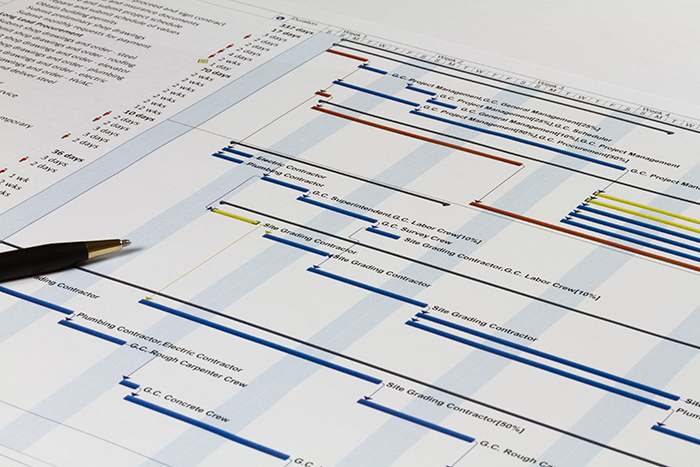Construction owners include a wide range of individuals, corporations, and governments. Their knowledge in construction project management also differs vastly. Owners hire contractors to build projects for them obviously because the contractor possesses the knowledge and capability to do so.
The question remains: what is the Owner’s role in monitoring the project, and how can he/she/they do it effectively? It is like taking your car to the mechanic for repair: it is the mechanic’s duty to do the job and get the car in a good running shape, but the owner needs to be aware of the process so he/she can make sure what is said to him/her is indeed the truth; both the diagnosis and the repair.
In construction projects, the owner and contractor are held to the agreement (contract) they signed, which defines the deliverable and constraints as well as the rights and responsibilities of each party. However since construction is a technical matter, the owner must have the minimum level of knowledge to allow him/her/them to follow and monitor the construction process, be able to verify payment requests, be able to make proper decisions, protect himself from potential claims, and –in general- not to be fooled.
If I can summarize my advice to any owner, I would say two things: plan ahead and don’t cut corners. When it comes to project scheduling, owners are recommended to:
- Know how to read a CPM schedule. The schedule is a lot more than just red and green bars showing start and finish dates. There is logic, float, and a lot more. Not being able to read it and understand it, poses risks to the owner.
- Know the risks involved in approving contractors’ schedules including those with errors and defects. In many cases, contractors rush to submit a faulty CPM schedule to the owner. They usually say “It does not matter because once we start work on the ground, things will be different.” This is NOT true. This schedule must reflect the best and most accurate prediction for the contractor’s project execution plan. The owner’s approval and acceptance may shift some liability to his/her side. They both will regret such action if/when a claim dispute erupts, which happens frequently in the construction world.
- Understand the meaning of Float and know how to find it. This impacts the owner not only at the time of the submission of the schedule, but also during the course of the project when the contractor is updating the project.
- Know the difference is between monitoring & controlling. Having a good plan and an accurate CPM schedule before the start of construction is necessary but not sufficient for project success. The other part comes during the execution of the project. Both contractor and owner need to compare the “as built” to the “as planned” with different roles, of course. This puts an obligation of the owner’s side to be able to monitor work, verify quantities and cost amounts, and be able to know if there is any problem or issue to worry about. Change orders management are part of this role, and they are inevitable!
During my professional life, I have seen the good, the bad, and the ugly in how owners played their role in construction projects. In some cases, just a simple procedure from the owner could have prevented a major financial loss.

